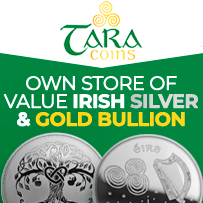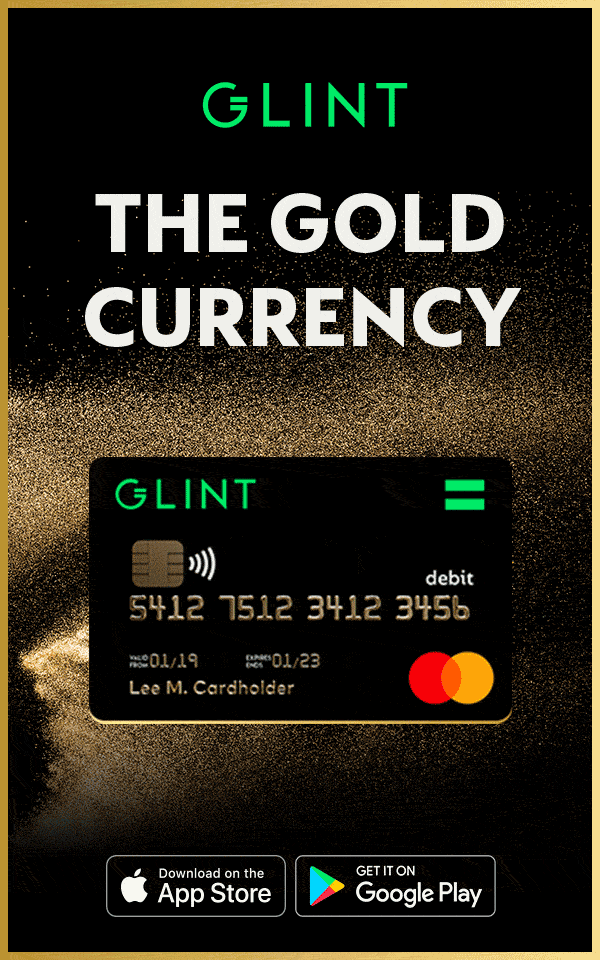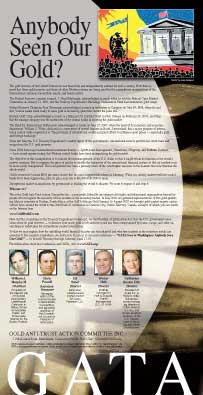You are here
Praise for gold purchase by Reserve Bank of India
Gold Comfort
From The Hindu, Chennai, India
Friday, November 5, 2009
http://www.thehindubusinessline.com/2009/11/06/stories/2009110650520800.htm
Ten years ago, almost to the day, Robert Mundell, the economics Nobel laureate for 1999, predicted that, over the next decade, gold would play a very major role in the world's central bank reserve systems. As it turned out, the world took almost that many years to realise the importance of his forecast. Today, most European central banks and the U.S. Fed hold more than 60 per cent of their foreign currency reserves in gold.
Mundell made his prognosis against the grain because, all through the previous two decades, the central banks of developed countries had been selling their gold. In 1999 the Bank of England sold half its official gold reserves, as did its European peers. That trend has reversed only of late as the volatility of the dollar -- the official reserve currency -- has forced central banks to review gold as a stabilising reserve currency.
It is against this backdrop that the Reserve Bank of India's decision to buy 200 tonnes of gold from the International Monetary Fund for $6.7 billion recently must be viewed as a welcome step in fortifying its foreign exchange reserves.
One of the paradoxes of India's hugely successful efforts since 1991 to shore up its reserves (currently estimated at $285 billion) is that they are mostly in a basket of foreign currencies that are subject to volatility and disruptions. With the dollar increasingly under stress since the huge buildup in the US economy's deficits and the Fed's pump priming, most central banks, and particularly those of the emerging economies, have been looking to hedge their reserves.
Gold prices move inversely to dollar values, which is why the Chinese and Russian central banks have been steadily building up positions in the yellow metal.
The RBI purchase will not alter the reserves portfolio substantially; before the recent purchase, just 3.5 per cent of the total was in gold. But the move is part of a plan to buy more of the precious metal in tune with the trend among the world's central banks to diversify their asset base.
It is still too early to visualise the global trend's impact on the dollar as the world's reserve currency, but the increasing popularity of gold purchases among central banks will certainly revive the Russia-Brazil inspired discussion on an alternative reserve currency.
For India the most comforting factor in this purchase, apart from the psychological one of helping the IMF raise resources for its lending programme, is the distance it has travelled from 1991 when, with just $1 billion dollars in reserves, it pledged some 60-odd tonnes of reserve gold to meet international commitments.
* * *
Join GATA here:
International Precious Metals and Commodities Show
Friday and Saturday, November 6 and 7, 2009
Event Arena, Olympic Park
Munich, Germany
http://www.edelmetallmesse.com/en/index.php
* * *
Support GATA by purchasing a colorful GATA T-shirt:
Or a colorful poster of GATA's full-page ad in The Wall Street Journal on January 31, 2009:
http://www.cartserver.com/sc/cart.cgi
Or a video disc of GATA's 2005 Gold Rush 21 conference in the Yukon:
* * *
Help keep GATA going
GATA is a civil rights and educational organization based in the United States and tax-exempt under the U.S. Internal Revenue Code. Its e-mail dispatches are free, and you can subscribe at:
To contribute to GATA, please visit:
http://www.gata.org/node/16








